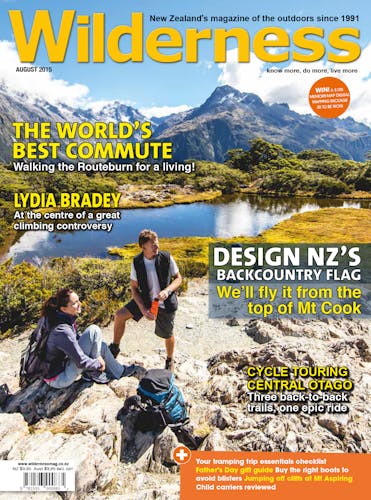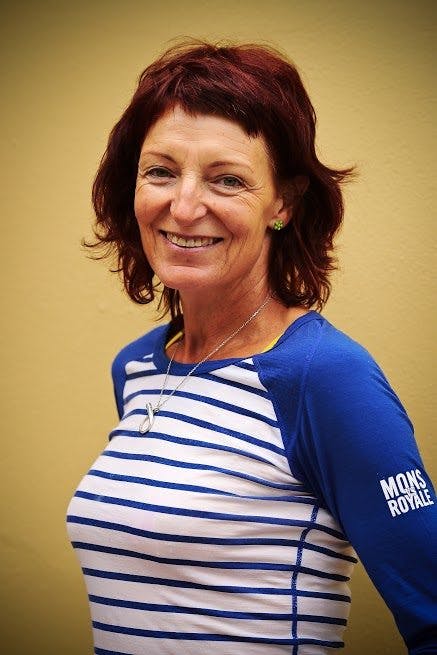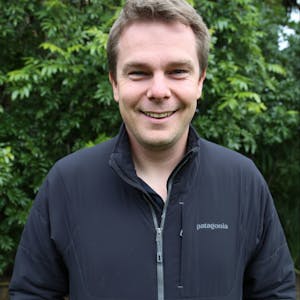Lydia Bradey was involved in one of New Zealand mountaineering’s most famous controversies. Matthew Pike speaks to the woman at the centre of it all
One would expect the best days of Lydia Bradey’s life to have been those proceeding her success at becoming the first woman to have climbed Everest without supplementary oxygen. They were, in fact, among her worst.
Far from the hugs and adulation one would expect after such a feat, Bradey first had to deal with the trauma of learning two of her dear Slovakian friends had died on the same mountain. She then had the horror of returning to a nation that doubted she had made the summit in the first place.
Prior to her return, Rob Hall, who had been on Bradey’s team but had not attempted to summit on the same day, had told the media she hadn’t reached the top and had been climbing illegally without a permit.
“It was really strange and horrible,” says Bradey. “I was desperate and I withdrew. People said the remarks were sexist but I don’t think that was the driving force. I don’t think it was anything other than a competitive nature.”
Bradey’s camera was frozen when she reached the summit, meaning she couldn’t take the photo that surely would have ended speculation. Later research concluded it was extremely likely she had reached the summit and the rest of the world accepted her success before New Zealand did.
Her relationship with Hall never fully recovered, though she did meet him several times afterwards. “I saw him once so he could sign that he would say no more lies about me in the press,” explains Bradey. “He was shaking, but there was no anger and he stopped after that.”
Bradey gives a detailed account of the 1988 Everest expedition in her book Lydia Bradey: Going up is Easy, in which she talks about the often difficult relationships between herself, Rob Hall, Gary Ball, and a team of Slovak climbers whose party merged with the New Zealanders.
“I had no specific argument with Rob and Gary,” says Bradey. “There were no technical climbing issues. It was just people rubbing each other up the wrong way. Rob and Gary had more of an issue with the Slovaks – they didn’t get on very well.”
But Bradey hit it off with the Slovakian climbers straight away – particularly Peter Bozik and Jaro Jasko. “They were two of the best Himalayan climbers in the world. They invited me to join them on an expedition the following year. I was so excited about the future – I felt like they were the gold medallists when I was hoping to qualify in a heat. They were funny, really hard working and honest.” The close friendship Bradey built up with Bozik and Jasko made it all the more heartbreaking when hearing of their deaths. “I spent days crying,” she says.
The book details how Bradey, on the ascent, made the decision to head back down the mountain when a storm hit, while Hall and Ball decided to wait out the bad weather to summit at the next available opportunity. They didn’t make it and the two dejected climbers made their way back to Kathmandu as Bradey made her own successful summit attempt the following day.
Growing up in Christchurch, Bradey seemed among the least likely of her classmates to achieve such a momentous feat. “I was hopeless at sport at school,” explains Bradey, who was more into reading books and poetry. It wasn’t until she joined a tramping club when she was 14 that her love of the mountains began to take off. She was soon doing ridge traverses in the likes of Lewis Pass and Arthur’s Pass. When she was 17 she climbed Mt Aspiring and first summited Aoraki/Mt Cook a few weeks after turning 18.
She started climbing overseas and made her first trip to the Himalayas when she was 24, but still the idea of climbing Everest, particularly without oxygen, felt beyond her. “I had no belief when I started climbing, then I did the time and I knew what I was letting myself in for. I learnt pretty fast, spending a lot of time carrying ropes and a lot of time in mountain snow.
“By the time I got to Everest I still didn’t absolutely know I could get to the top, but I was so curious. I was obsessed by curiosity.”
Bradey’s real self belief came from two epic expeditions to the Himalayas in the years preceding the Everest climb. The first involved Bradey and renowned mountaineer Jon Muir traversing Kedarnath Dome and Peak, 6940m, in India. The two survived five avalanches and, when returning to advanced base camp, discovered their tent had been ransacked. The second expedition saw her climb Gasherbrum II, 8035m, in Pakistan without supplementary oxygen.
“Those two experiences combined gave me the confidence to attempt Everest without oxygen. I believed I had the mental toughness, the drive and the application – being prepared to wake up early, climb in the dark, ensure there’s enough water. All the stuff that’s tough at altitude.”
The decision to climb without oxygen was as much about fundraising as the achievement. “If you could do a first then it was easier to raise money. Expeditions are expensive, especially so in those days.” Not only did Bradey become the first woman to have climbed Everest without oxygen, she was also the first New Zealand woman to have reached the summit and, at 27, was the youngest Kiwi to have achieved the feat at that time.
After the trip and its aftermath, Bradey left the Himalayas alone for several years, recovering from hypoxia (where a part of the body has been deprived of oxygen) and focussing instead on training to be a physiotherapist. Now, 27 years on, she works as a mountain guide for Global Guiding with her partner Dean Staples and has successfully guided people to the top of Everest on two occasions.
Nearly three decades after her first Everest ascent, Bradey regards that achievement as among her very finest. “It’s my best high altitude achievement and, as far as terrifyingness goes, it was also one of my scariest. But I would love to have been climbing with someone – that would have been more fun, especially when things started to get scary.
“I would like to have been a bit more prepared to make some kind of proof that I had summited, but that’s all in hindsight – good decisions come from experience, and experience comes from making bad decisions.”








